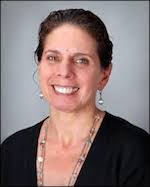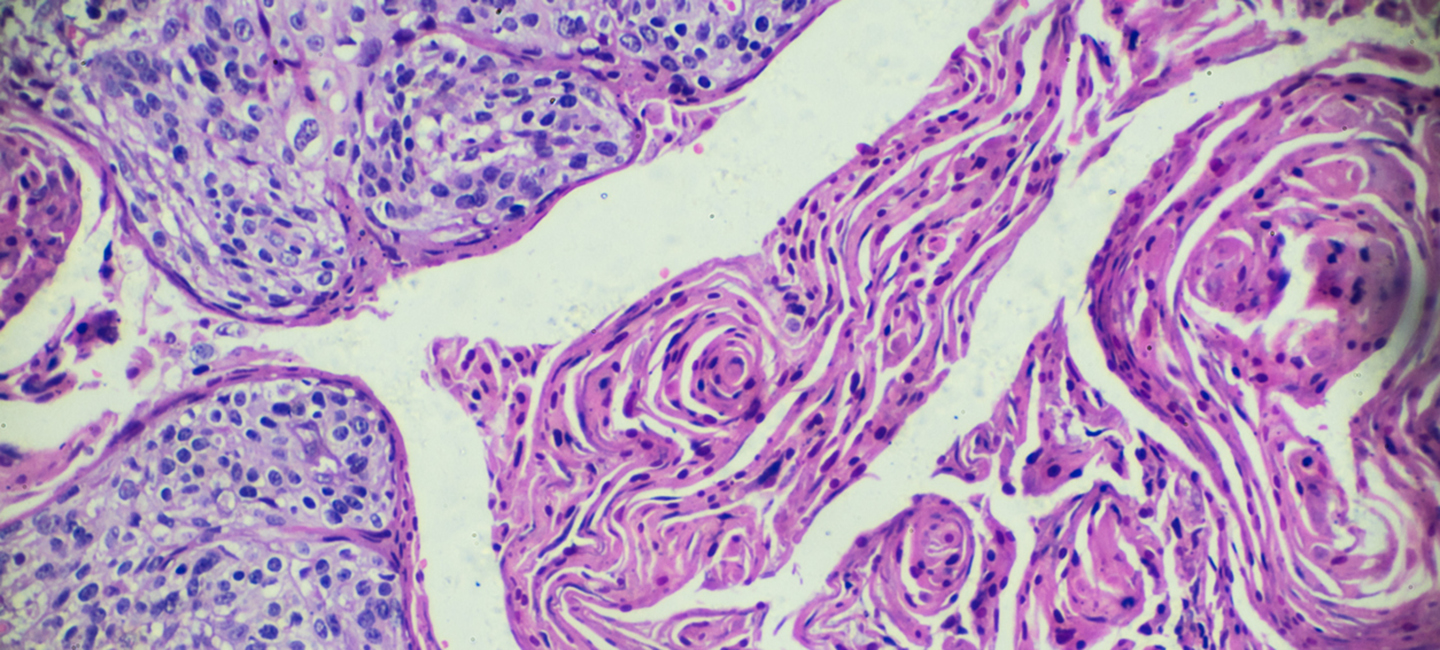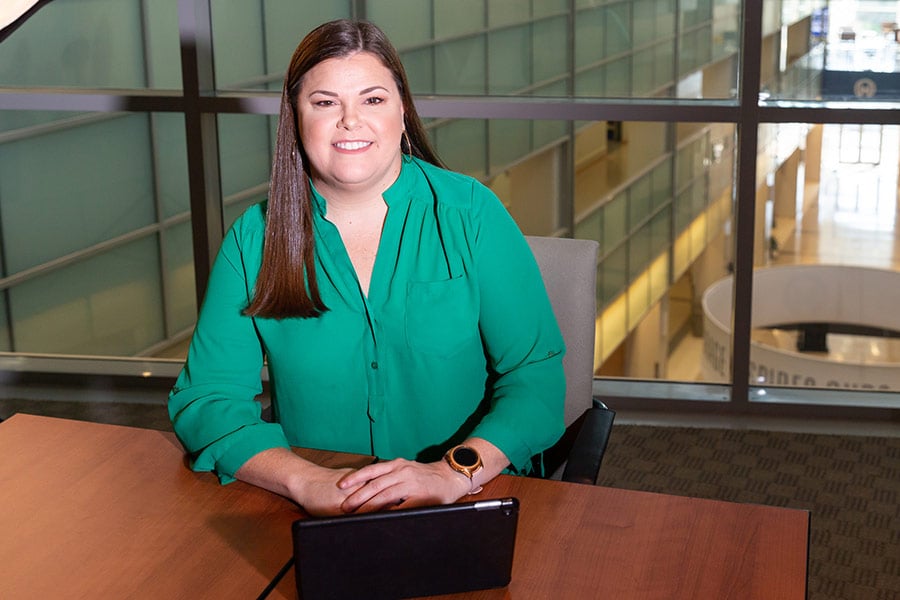HPV Vaccination Up, But Not Enough
The number of young adults receiving the human papillomavirus (HPV) vaccine is on the rise. According to a new report from the National Center for Health Statistics (NCHS), vaccination rates nearly doubled between 2013 and 2018. Here’s a breakdown of the numbers:
- Adults, ages 18 to 26, who received one of more doses of the HPV vaccine increased from 22.1% to 39.9%
- For women, ages 18 to 26, the percentage who received one or more doses of the HPV vaccine increased from 36.8% to 53.6%
- For men, ages 18 to 26, the percentage who received one or more doses of the HPV vaccine increased from 7.7 % to 27.0%

Dr. Anna Giuliano, founding director of the Center for Immunization and Infection in Cancer at Moffitt Cancer Center
The numbers are encouraging, but Moffitt Cancer Center’s Dr. Anna Giuliano, founding director of the Center for Immunization and Infection in Cancer, says more can be done. “The vaccine protects against seven types of the HPV we know can cause cancer. We have the opportunity to prevent, and in some cases, eliminate HPV-related cancers, but we need more children and young adults to get vaccinated” she said.
Moffitt has partnered with more than a 70 cancer centers and health care organizations to endorse a call to action to eliminate HPV-related cancers, beginning with cervical cancer, through gender-neutral HPV vaccination and evidence-based cancer screening. “Our goal is complete vaccination of more than 80% of males and females ages 13 to 15,” Giuliano added.
The HPV vaccine is recommended for males and females ages 9 to 45. The number of doses each patient will receive differs by their age, and in most cases is covered by insurance. For more information about HPV vaccination, you should ask your physician.



